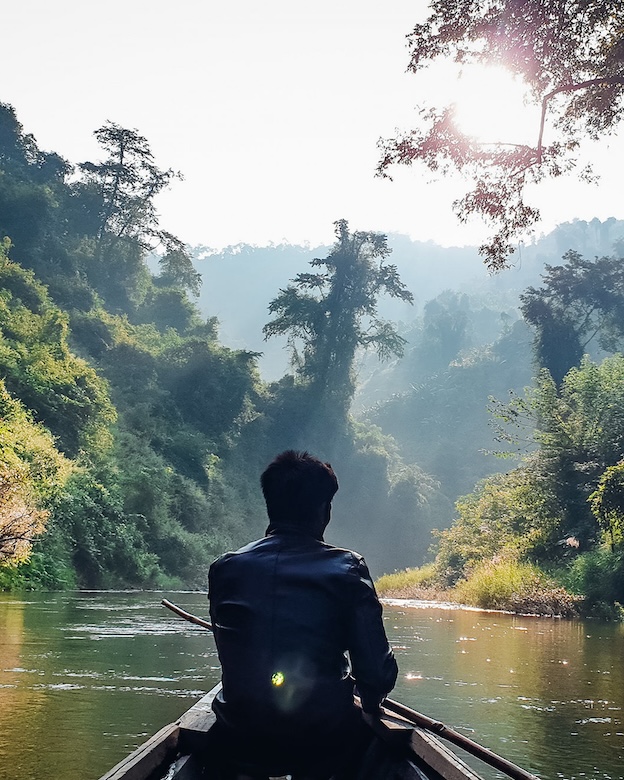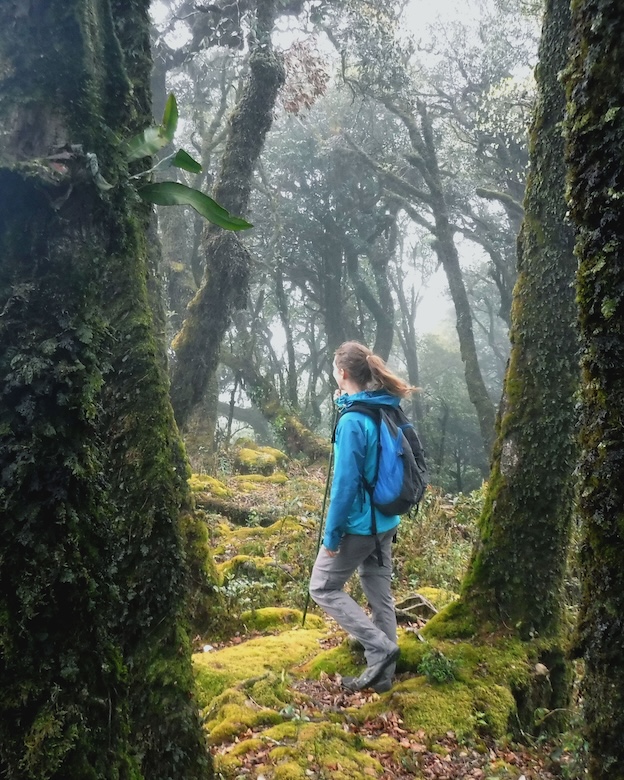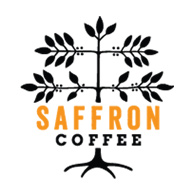Conservation Work

The NEPL NP is managed by the NEPL Management Unit under the Ministry of Agriculture and Forestry (MAF) with technical support from iNGO Wildlife Conservation Society since 2003. Protecting Nam Et-Phou Louey’s rich biodiversity is a full-time task and requires numerous skills and various department working together.
CONSERVATION OUTREACH
Outreach and awareness campaigns play a key role in communicating the importance of conservation, and the values provided by the park, to local communities. They also highlight NEPL NP regulations to communities and target audiences through engaging and participatory methods such as theater, workshops, and special events.
Tools such as signage, media campaigns, school programs, and decision-maker meetings ensure widespread awareness and foster long-term cooperation and conservation impact.
RESEARCH & MONITORING
Monitoring and research are essential for effective management of Nam Et-Phou Louey National Park.
By tracking the status of forest habitats and wildlife populations, the park can assess the impact of conservation efforts, such as habitat restoration and law enforcement efforts.
Methods used include camera trapping surveys, line transects, listening posts, and the analysis of threat trends against Law Enforcement efforts using Spatial Monitoring And Reporting Tool (SMART) software. These tools provide valuable data to guide decision-making and enhance conservation strategies.
ADMINISTRATION & FINANCE
Finance and administration are essential for effective national park management. Adequate funding supports staff, equipment, infrastructures, and conservation operations ensuring the protection of natural resources.
Strong administrative systems optimize operations, facilitate policy implementation, and promote collaboration with stakeholders, all of which are vital for the long-term preservation and sustainability of national parks.
LAW ENFORCEMENT & RANGER PATROLLING
Park rangers are the eyes and ears of the management team, providing real time information through regular patrols within Nam Et-Phou Louey National Park to prevent poaching, wildlife trade, logging, and other illegal activities.
The park employs various patrol strategies, including Substation teams, Forest Mobile teams, and Response teams, all working together to ensure the park's security.
HELP STOP THE ILLEGAL WILDLIFE TRADE
The sale or purchase of protected species is illegal in all of Lao PDR. Consumption of non-protected species is legal.
If you are offered wildlife, even as a gift or as a meal, please refuse. If you see alive wildlife species for sale, you can help by photographing what you see and reporting it by calling to 1601 to Lao Conservation Trust for Wildlife.

PARTICIPATORY LAND USE PLANNING
The national park team works with the communities and local authorities to negotiate and demarcate village-use areas within the national park through a participatory approach, allowing traditional agricultural practices to continue while minimizing negative impacts on the surrounding wildlife habitat and ecosystem.
LIVELIHOOD DEVELOPMENT
The national park team work with local authorities, communities and other stakeholders to assist in the development of livelihood activities that are ecologically sustainable and provide long term economic benefit.
Examples include the ecotourism products of NEPL NP, shade grown coffee and technical support for agro-ecological transitional practices.
SHADE-GROWN ORGANIC COFFEE
In collaboration with the Saffron Coffee Company, NEPL NP supports shade-grown organic coffee farming in villages surrounding the park.
The cold climate requires 60-80% forest cover to protect the coffee plants from frost, which not only promotes habitat preservation for birds and small mammals but also creates a forested buffer around the protected area.

Wildlife Ecotourism
To provide wildlife-friendly livelihood opportunities for local people, the National Park established an ecotourism program in 2010.
Visitors can enter the National Park by participating in the park's tours. Currently, two type of wildlife experiences are available: River and Mountain Experiences.
All tours are designed to create a direct link between conservation and tourism, ensuring that visitor fees positively impact local efforts to protect endangered wildlife. All tours are led by English-speaking national park guides together with the community team.


